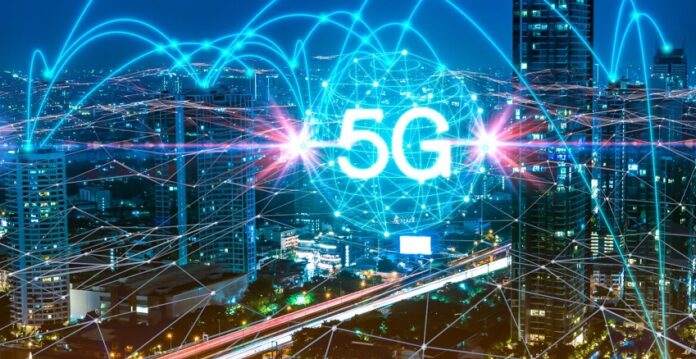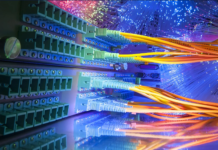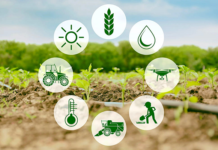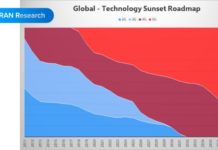
Significance of 5G Modules on Device Connectivity | With the advent of the Internet of Things (IoT), technology interactions have undergone a drastic shift, fostering seamless connections among devices, systems, and individuals. Central to this revolution is the demand for efficient and dependable communication. Introducing 5G, the fifth generation of wireless technology, poised to unleash the complete potential of IoT. We will delve into the indispensable role of 5G modules in connecting IoT devices, empowering businesses and industries worldwide, in this article.
A Brief on the Evolution of IoT:
Within the IoT ecosystem, a vast network of devices operates, including sensors, actuators, cameras, and wearables, all interconnected for collecting and sharing data. This data serves as a foundation for intelligent decision-making, automation, and enhanced experiences. Nonetheless, conventional wireless networks often encounter difficulties to handle the substantial volume of connected devices and the data they produce. This is precisely where the critical role of 5G technology takes center stage.
The Advancement with 5G:
Compared to its predecessors, 5G brings substantial enhancements, including faster data transmission rates, increased network capacity, and lower latency. These improvements effectively tackle the hurdles faced by IoT applications, facilitating real-time communication, reliable connectivity, and scalability.
Getting to know 5G Modules:
Designed as a compact hardware unit, a 5G module comprises key elements like the radio frequency transceiver, modem, and antennas, critical for devices to connect to a 5G network. Intended for seamless integration within IoT devices, these modules provide a smooth pathway to 5G connectivity.
Elevating Connectivity:
Embracing 5G modules, IoT devices gain access to lightning-fast speeds, transcending the speeds and efficiency of 5G networks. Real-time data transmission empowers businesses to swiftly make decisions, optimize operations, and enhance customer experiences. Numerous sectors like healthcare, transportation, agriculture, and industrial automation stand to witness significant gains from enhanced connectivity.
Driving Digital Transformation Forward:
Serving as a catalyst for digital transformation, 5G modules drive the adoption of cutting-edge IoT solutions. Smart cities harness 5G connectivity to enhance public services, refine urban planning, and streamline resource utilization. Simultaneously, in the healthcare sector, 5G-powered modules pave the way for remote patient monitoring, telemedicine, and wearable devices, resulting in enhanced healthcare delivery and improved patient outcomes.
Advancing the Future of Manufacturing:
Industry 4.0, the fourth industrial revolution, heavily leans on IoT devices and connectivity. Within this framework, 5G modules serve as a pivotal enabler for seamless communication between machines, sensors, and control systems. This amalgamation gives rise to smart manufacturing, predictive maintenance, and real-time monitoring, resulting in amplified efficiency, minimized downtime, and enhanced productivity.
Ensuring Safety and Trust:
The widespread adoption of IoT devices and the critical data they handle underscore the paramount need for security and reliability. 5G modules incorporate powerful encryptions and authentication mechanisms, safeguarding data integrity and confidentiality. Furthermore, 5G networks elevate reliability with network slicing and redundancy features, mitigating the risk of service disruptions.
Final Thoughts:
5G modules’ seamless connectivity is fueling the expansion and integration of IoT devices across various sectors. The convergence of 5G technology and IoT capabilities creates a realm of boundless potential for innovation, efficiency, and automation. Embracing the potential of IoT, businesses, and industries rely on 5G modules to facilitate device connectivity, ensure real-time communication, and fully tap into the Internet of Things’ capabilities.


















